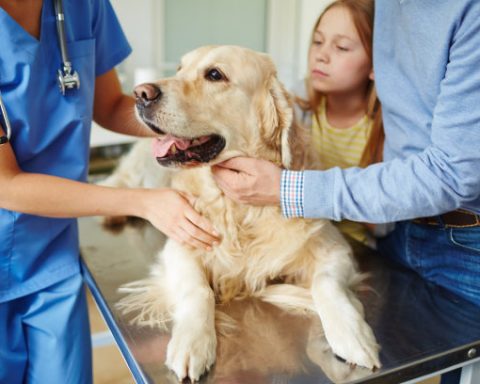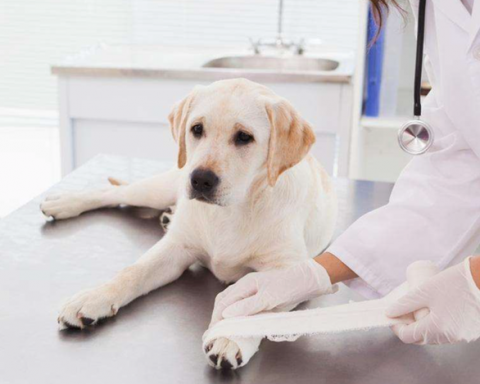You should have some idea of what to do in the event of an unforeseen emergency with your own dog, and this includes two situations:
One situation is when the dog has suffered a trauma or has some other problem and in a hurry these are problems that you can handle;
The other situation is that you need to do some emergency treatment on the dog before you take it to the hospital.
In some cases, even if you take the dog to the hospital, the fact is that the doctor can’t do much more than you can. In any case, it’s always useful to learn a little bit about dog first aid.
In any case, an unconscious dog should be wrapped in a blanket to maintain the dog’s essential body temperature, but be careful not to wrap it so tightly that it interferes with the dog’s breathing.
If you think the dog is unconscious, quickly straighten the dog’s neck, open the dog’s mouth and pull out the dog’s tongue to prevent the dog from obstructing its breathing while unconscious. Then all you have to do is get in touch with your veterinarian as soon as possible.
The first thing you need to know is how sick your dog is. There are several ways you can find out the severity of the damage to your dog’s body below.
1. The normal number of breaths a dog takes per minute is 20-30. If it exceeds this number, it means the dog is not doing well. The more breaths it takes above the normal number, the more serious the condition is.
2. Under normal circumstances, a dog’s heart rate is about 90 beats per minute. The larger the breed, the lower the heart rate; conversely, the higher the heart rate. Some large dogs have a heart rate of only 50 beats per minute, while many small dogs have a heart rate of 150 beats per minute – you should be aware of your dog’s normal heart rate on a regular basis and consult a veterinarian if necessary.
If your dog has an accident, you can press your hand against the dog’s chest and count the number of heartbeats to determine the dog’s physical condition.
3. Gently touch the inner corner of the dog’s eyes with your hand. A conscious dog will blink constantly, but if the dog doesn’t respond, it means the dog is unconscious.
4. Use a torch to irradiate the dog’s pupils, which should contract at the sight of light; there is also a situation where the pupils are already in a contracted state, in which case it probably means that the dog’s brain has been damaged.
5. Clip the dog’s toes, if the dog is not in a deep coma, the dog’s legs will shrink back.
6. If the dog is unconscious due to trauma, you can use your finger to press the dog’s dental bed, if the dental bed quickly returns to its original color, indicating that the dog’s blood loss is not serious; if the situation is reversed, it is likely to be traumatic bleeding, and there may even be a serious hemorrhage of internal organs.
Your dog will sometimes be injured in a fight with another dog or even a cat. Dog bites are different from other lacerations in that they have visible marks, but they can cause more serious damage to the soft tissues under the skin, so it is important to examine a dog that returns from a solitary outing, and even more so if you find it agitated to see if it is due to a bite.
To deal with a bite wound, first cut off the hair near the wound, then clean up the debris, carefully wash the wound with warm water, then disinfect it with a mild antiseptic, and finally, apply an ointment to the wound to prevent infection, or you can also apply some antimicrobial ointment. After doing all these, you can choose to let your dog recover naturally, but I still recommend you to see a doctor.
Dogs that are too curious often get bitten by insects like bees, and this type of injury often appears on the dog’s face, especially around the dog’s mouth and eyes, and because the bee’s stinger is so hard to find, you’ll often notice that the dog is inexplicably cranky, and then you’ll see that the stung area gradually swells up.
Take a magnifying glass and carefully locate the part of the dog that was stung and you can usually find the stinger that was stung inside. Get a pair of tweezers and pinch the stinger out, and some cold compresses on the red and swollen area of the dog’s bite will be more conducive to the dog’s recovery.

